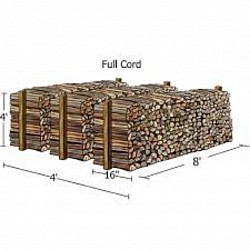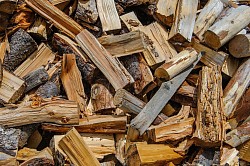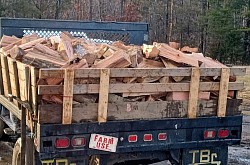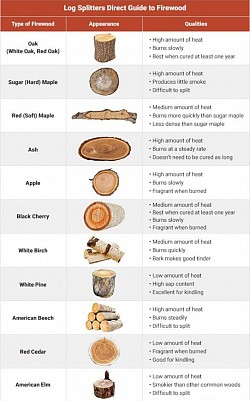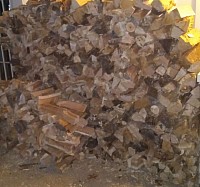Our Quality and Craftsmanship
What does the word SEASONED mean when describing FIREWOOD?
Seasoned firewood refers to wood that has been dried or aged for a period of time after being cut from trees. The seasoning process reduces the moisture content, making the wood more suitable for burning. Green or freshly cut wood contains a high moisture content, making it harder to burn efficiently and producing more smoke. Seasoned firewood typically has a moisture content of around 20% or less, compared to freshly cut wood, which can have a moisture content of 50% or more. Seasoning firewood involves storing it in a dry, well-ventilated area for a minimum of six months to a year, depending on the type of wood and local climate conditions. During this time, the wood naturally loses moisture, making it lighter, easier to handle, and more efficient for burning.
Properly seasoned firewood offers several benefits:
Improved burning efficiency: Low moisture content allows the wood to burn more efficiently, producing more heat and less smoke.
Reduced creosote buildup: Seasoned wood produces less creosote, a flammable byproduct that can accumulate in chimneys and pose a fire hazard.
Cleaner combustion: With lower moisture content, seasoned wood burns more cleanly, reducing emissions and particulate matter.
Different types of wood season at different rates, with hardwoods typically taking longer than softwoods to properly season. Common types of hardwoods used for firewood include oak, maple, ash, and birch, while softwoods like pine and spruce are also used but require a shorter seasoning period.
As a firewood delivery service owner, ensuring that your firewood is properly seasoned is crucial to providing quality products to my customers, as it affects the efficiency and safety of their fires.

